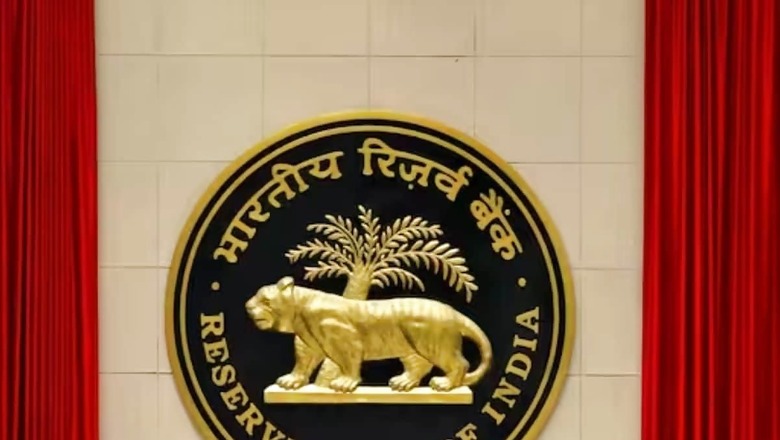
views
In line with expectations, the Reserve Bank of India’s (RBI) Monetary Policy Committee (MPC) once again unanimously refrained from hiking the repo rate, while retaining its policy stance unchanged at “withdrawal of accommodation”, with a 5:1 vote. The increase in vegetable prices led to an upward revision in its inflation forecast for FY2024 to 5.4 per cent from 5.1 per cent in June 2023.
Further, the inflation for Q1 FY2025 is projected by the RBI at 5.2 per cent and given its repeated emphasis on moderating inflation towards the 4 per cent medium-term target, we expect a long pause before any commencement of a rate cut cycle.
The committee has, however, maintained its real GDP growth projection of FY2024 at 6.5 per cent, and retained its previous quarterly estimates. The real GDP growth for Q1 FY2025 is projected at 6.6 per cent. These estimates remain exposed to downside risks on account of weak external demand because of slowing global growth as well as geopolitical tensions.
In a surprise move, the RBI decided to levy an incremental cash reserve ratio (CRR) of 10 per cent on the increase in their net demand and time liabilities (NDTL) between May 19, 2023, and July 28, 2023. This incremental CRR (ICRR) has been levied to absorb the surplus liquidity generated in the banking system following the discontinuation of the Rs 2,000 note in May 2023.
As much as 88 per cent of these notes in circulation as on May 19, 2023, amounting to Rs 3.56 lakh crore, have returned to the banking system. Of this, about 87 per cent has been retained by the banks in the form of deposits as on July 31, 2023, which has led to the build-up of excess liquidity in the banking system. This also resulted in call-money rates drifting down to the lower end of the policy rate corridor of 6.25-6.75 per cent.
As per our estimates, this measure will increase the incremental CRR requirements of the banks by almost Rs 90,000-95,000 crore and reduce the banking system’s liquidity surplus by a similar amount. Consequently, the short-term rates on call money, money market instruments like treasury bills and commercial paper are likely to align closer to the repo rate, and hence increase by 15-20 bps in the near term.
We foresee a minimal impact on the profitability of the banks as the proposed measure is likely to be temporary, with RBI Governor Shaktikanta Das reiterating the need to maintain adequate liquidity in the system ahead of the busy festive season.
In a separate announcement, the RBI also relaxed the regulations for Infrastructure Debt Fund – NBFCs (IDF-NBFCs) and provided a fillip to the sector as the proposed changes in regulations will help them diversify on both asset as well as liability side. Though there are only a limited number of players as of now, the segment has shown good traction with a 5-year CAGR of 24 per cent and an outstanding AUM of around Rs 36,000 crore as on March 2023.
The simultaneous opening of avenues for funding, capital raise and expansion of eligible segments for financing can boost the overall growth prospects for these entities. While we await the detailed guidelines, the renewed focus on infrastructure financing amidst some regulatory relaxations could get new players to enter this space. Nevertheless, it would be critical for IDF-NBFCs to maintain stringent risk guardrails to maintain the good asset quality reported so far.
Lastly, with the objective of improving transparency and measures towards strengthening consumer protection, the RBI has proposed to put in place a conduct framework for reset of interest rates on floating interest loans.
Given the increasing retailisation of credit, proposals to transparently disclose the implication of interest rate resets in floating rate loans and corresponding changes in the tenors and/or the change in EMI is a welcome move to educate and inform the borrowers as they can better understand the impacts of the changes in these terms while availing of long tenure loans on a floating rate basis. This is important, especially in long-tenor loans such as home loans and loans against property.
Over the last two years, amid the 250-bps increase in the repo rate, we have witnessed residual tenures on some of such prime home loans increased to over 35-40 years from the initial 20-25 years. Alternatively, the EMIs have increased sharply by over 15-20 per cent, which is challenging indeed in a high inflation environment.
(The author is senior vice-president and group head- financial sector ratings at ICRA)















Comments
0 comment